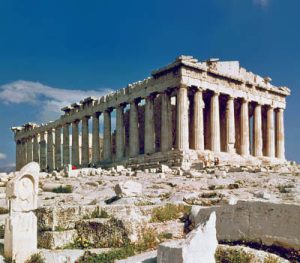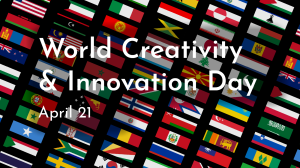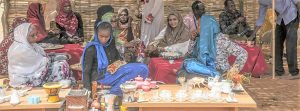
World Art Day, a celebration to promote the development, diffusion and enjoyment of art, was proclaimed at the 40th session of UNESCO’s General Conference in 2019.
Art nurtures creativity, innovation and cultural diversity for all peoples across the globe and plays an important role in sharing knowledge and encouraging curiosity and dialogue. These are qualities that art has always had, and will always have, if we continue to support environments where artists and artistic freedom are promoted and protected. In this way, furthering the development of art also furthers our means to achieve a free and peaceful world.
Each year, on 15 April, World Art Day celebrations help reinforce the links between artistic creations and society, encourage greater awareness of the diversity of artistic expressions and highlight the contribution of artists to sustainable development. It is also an occasion to shine a light on arts education in schools, as culture can pave the way for inclusive and equitable education.




 On June 21, for National Indigenous Peoples Day, we recognize and celebrate the history, heritage, resilience and diversity of First Nations, Inuit and Métis across Canada.
On June 21, for National Indigenous Peoples Day, we recognize and celebrate the history, heritage, resilience and diversity of First Nations, Inuit and Métis across Canada. The International Day of Light is a global initiative that provides a platform for the continued appreciation of light and the role it plays in science, culture and art, education and sustainable development, and in fields as diverse as medicine, communications and energy. The broad theme of light will allow many different sectors of society worldwide to participate in activities that demonstrates how science, technology, art and culture can help achieve the goals of UNESCO – education, equality and peace.
The International Day of Light is a global initiative that provides a platform for the continued appreciation of light and the role it plays in science, culture and art, education and sustainable development, and in fields as diverse as medicine, communications and energy. The broad theme of light will allow many different sectors of society worldwide to participate in activities that demonstrates how science, technology, art and culture can help achieve the goals of UNESCO – education, equality and peace.

